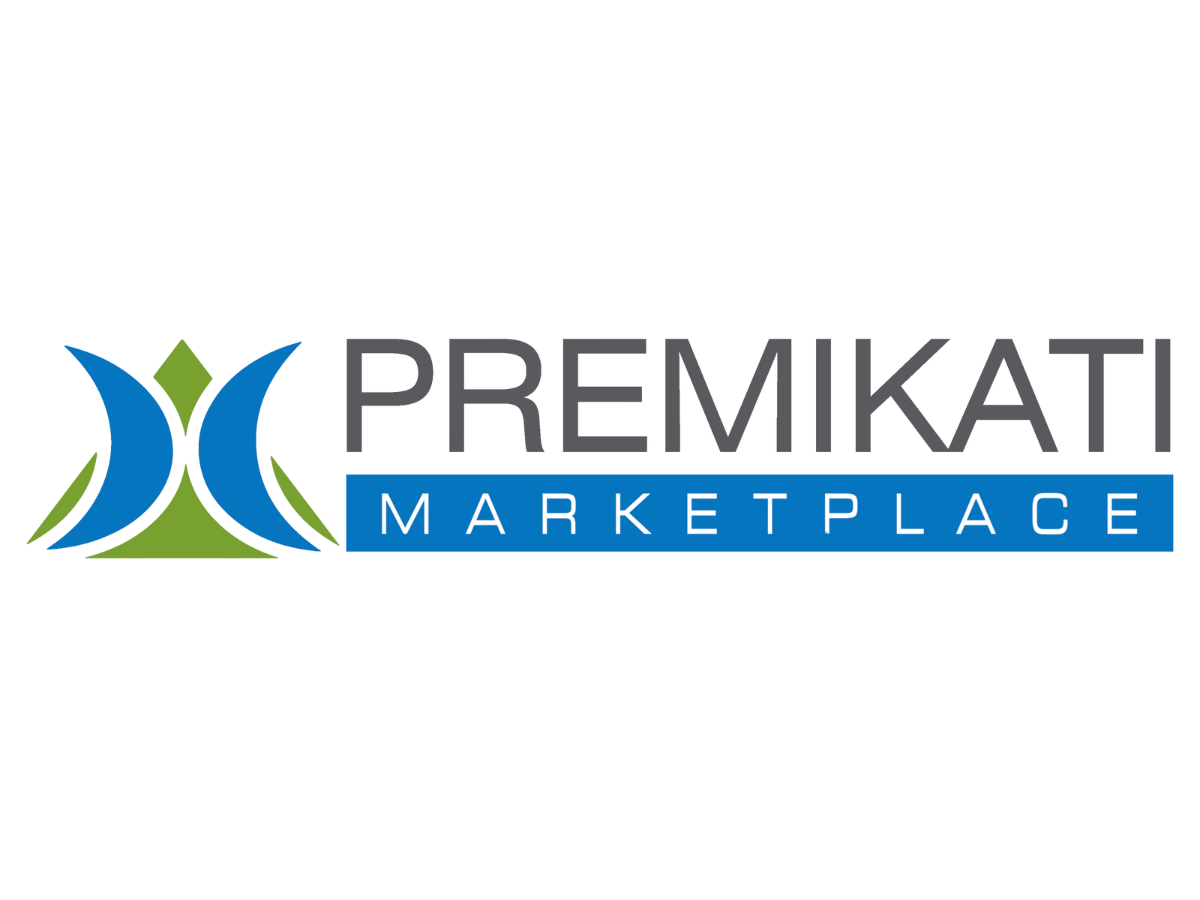The Cost of Procurement Chaos
As a business owner, you know every dollar counts. Yet many of us continue to handle purchasing with outdated, manual processes that silently drain resources, time, and focus. What seems like a simple approach to buying often hides significant inefficiencies that hold back growth.
In today's business environment where flexibility and control matter more than ever, rethinking how your company buys goods and services isn't just a finance function—it's a strategic advantage.
When "We've Always Done It This Way" Stops Working
You might think you don't need a formal purchasing process because your business is small, or because your team knows what they need and where to get it. But that casual approach to buying becomes a problem as soon as your team grows, your budget tightens, or your supplier relationships begin to strain.
Here's what typically happens:
Team members make purchases outside of preferred vendors
Bills get paid late, or slip through the cracks entirely
Different departments buy the same items from different sources—at different prices
Your finance team loses sight of cash flow until it's too late to make adjustments
It's not about spending more—it's about spending smarter.
The Real Costs Behind Manual Purchasing
You won't see "procurement inefficiency" as a line item on your financial statements, but make no mistake: it's there. These hidden costs quietly erode your bottom line in several ways:
Time Wasted on Manual Tasks
How much time does your team spend emailing vendors, chasing down approvals, reconciling receipts, or manually entering invoice data? Manual purchasing slows everything down and ties up your people in work that could—and should—be automated.
Your team could be spending those hours negotiating better terms, analyzing spending patterns, or supporting customers instead.
No Clear View of Spending
Without easy access to purchasing data, your finance team is often left guessing. It's tough to forecast cash flow, spot savings opportunities, or prevent overspending when you can't clearly see where your money's going.
Watch for warning signs like duplicate orders, unapproved purchases, or surprise expenses at month-end.
Missing Out on Better Deals
Your business might be missing volume discounts or preferred pricing simply because purchases aren't coordinated. Different teams might be buying the same items separately—from different vendors, at different prices.
By bringing your purchasing together, you can leverage your total spend to negotiate better terms and reduce costs.
Slow Approvals and Payment Mistakes
Without a clear approval process, purchase requests can sit in inboxes for days—or get lost entirely. That not only slows down operations but also increases the risk of late payments, duplicate invoices, or contract issues.
This can lead to penalties, strained relationships with suppliers, and potential damage to your reputation.
What Modern Purchasing Looks Like for Your Business
The good news? You don't need a big budget or an IT team to improve your purchasing processes.
Modern purchasing systems offer:
Simple setup with minimal technical requirements
Built-in spending controls and approval workflows
Integration with popular vendors and marketplaces
Quick implementation timeframes
Complete visibility into spending with consolidated reporting
Even more importantly, they help you create a repeatable, scalable process so purchasing doesn't become a bottleneck as you grow.
Purchasing Shouldn't Hold You Back
As a business owner, you're told to focus on growth. But growth without operational clarity becomes chaos.
Investing in better purchasing isn't about adding another complex system—it's about creating clarity in how your business spends, improving control, and freeing up time and money that can be redirected to customers, innovation, and strategy.
You don't need a full purchasing department to operate effectively. You just need the right approach and tools to help you get there.
People Also Ask
What are the main benefits of a structured purchasing process for small businesses?
The key benefits include cost savings through better-negotiated terms, increased operational efficiency, improved budget control, enhanced supplier relationships, and better data for financial planning and decision-making.
How do eprocurement systems help small businesses?
E-procurement systems automate manual tasks, create approval workflows, provide spending visibility, consolidate purchasing data, and help maintain compliance with company policies—all while requiring minimal IT support.
What's the first step to improving our purchasing process?
Start by analyzing your current spending patterns to identify your highest-volume suppliers and most frequently purchased items. This baseline understanding will help you spot immediate opportunities for consolidation and savings.
Can better purchasing processes actually improve cash flow?
Absolutely. With improved visibility into spending commitments and payment timing, businesses can better manage their cash position. Many also negotiate better payment terms once they have a more structured approach to working with suppliers.
